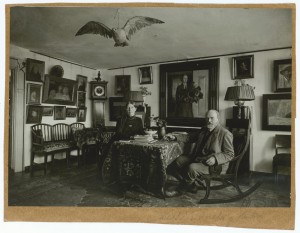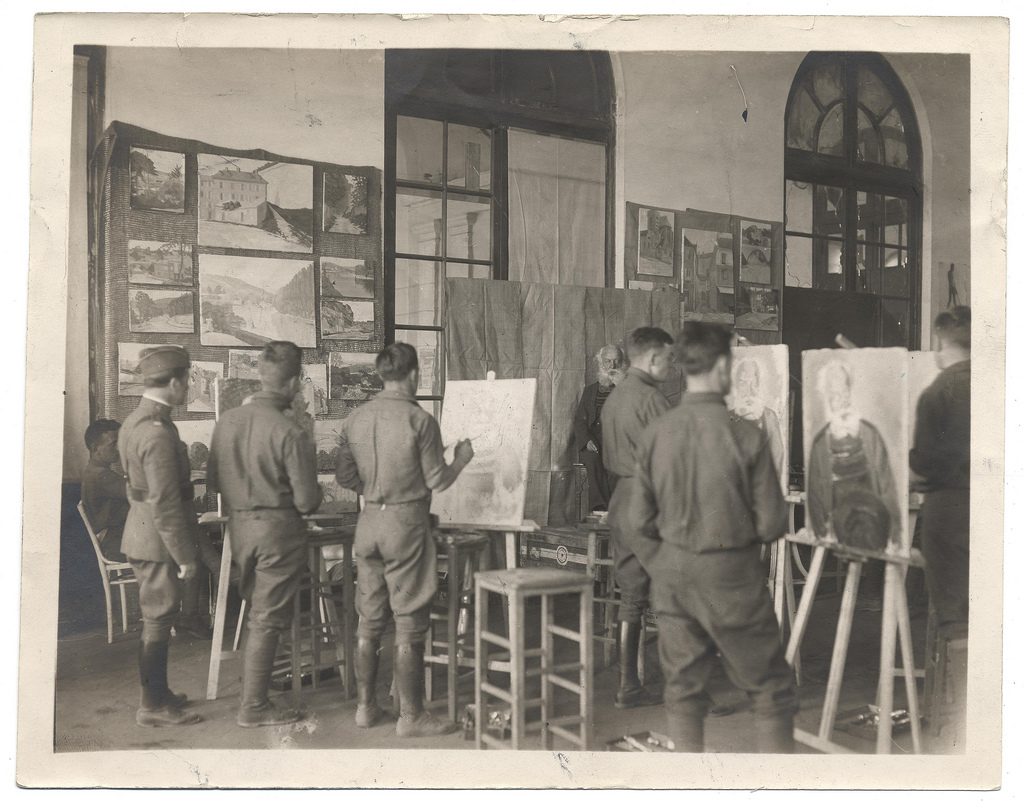 Learning to paint – which is often the reason behind many people initially learning to draw in fact – is a three-stage process.
Learning to paint – which is often the reason behind many people initially learning to draw in fact – is a three-stage process.
1. It really does help to know how to draw, to some standard, as you’ll understand from that ideas such as relative lights and darks (values).
2. The next step is to learn how to look at colour. There are three things to know about any colour in any situation: hue, value and intensity.
a. Hue is the name of the colour – ideally, named in relation to other colours with a colour wheel in mind.
b. Value is the lightness or darkness of the colour, ideally named in relation to a seven step series of shades from white to black.
c. Intensity is the brightness or dullness of a colour.
Familiarity and practice with these concepts until they are automatic – and rest assured that they make far more sense in practice than on the page – allows you to mix the colours you are seeing, and to relate the colours you are seeing, and painting, to each other and so achieve colour composition.
3. The third step is to choose your medium. It’s worth learning with acrylics, simply because they can be diluted with water and are relatively inexpensive: you can get the important lessons out of the way and make a mess without becoming too worried about the cost and expense. Oils and watercolours, pastel and acrylic all have their own techniques, traditions and genres, and learning these is all the more enjoyable when you have basic drawing and a good idea of how to control the colour on your palette.
The best course on learning your way around your palette – stage 2 – is another Betty Edwards book, Color: A course in mastering the art of mixing colors*. There is probably no better guide, so it’s worth starting there and staying with it all the way through. Thereafter, you’ll find you’ve opened up some interesting worlds. Colour theory is a subject of endless fascination, and you’ll read Goethe, Johannes Itten and others, as well as books like Michael Wilcox’s Blue and Yellow Don’t Make Green*.
Good basic introductions to oil and watercolour technique are harder to find. Here are two which will at least get you started:
Patricia Seligman’s volume Oils* in the Step By Step Art School series is a good jog through handling paint, wet-in-wet painting, glazing, etc.
Alwyn Crawshaw’s You Can Paint Watercolour: A step-by-step guide for absolute beginners* does much the same for watercolours.
In terms of more traditional, longer-term oil painting techniques, the Artpapa website is a good resource, and it might be worth consulting Joseph Sheppard’s How to Paint Like the Masters.*
If you can find a copy, Jeffrey Camp’s Paint is a gorgeous, playful ride through a host of ideas and styles that will really catch your imagination. It’s well worth seeking out.
Painting is definitely one of those arts where seeing is better than reading, so the sooner you feel able to take part in drawing and painting classes, the better. There are a host of DVDs on the subject if that’s out of the question.
